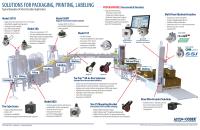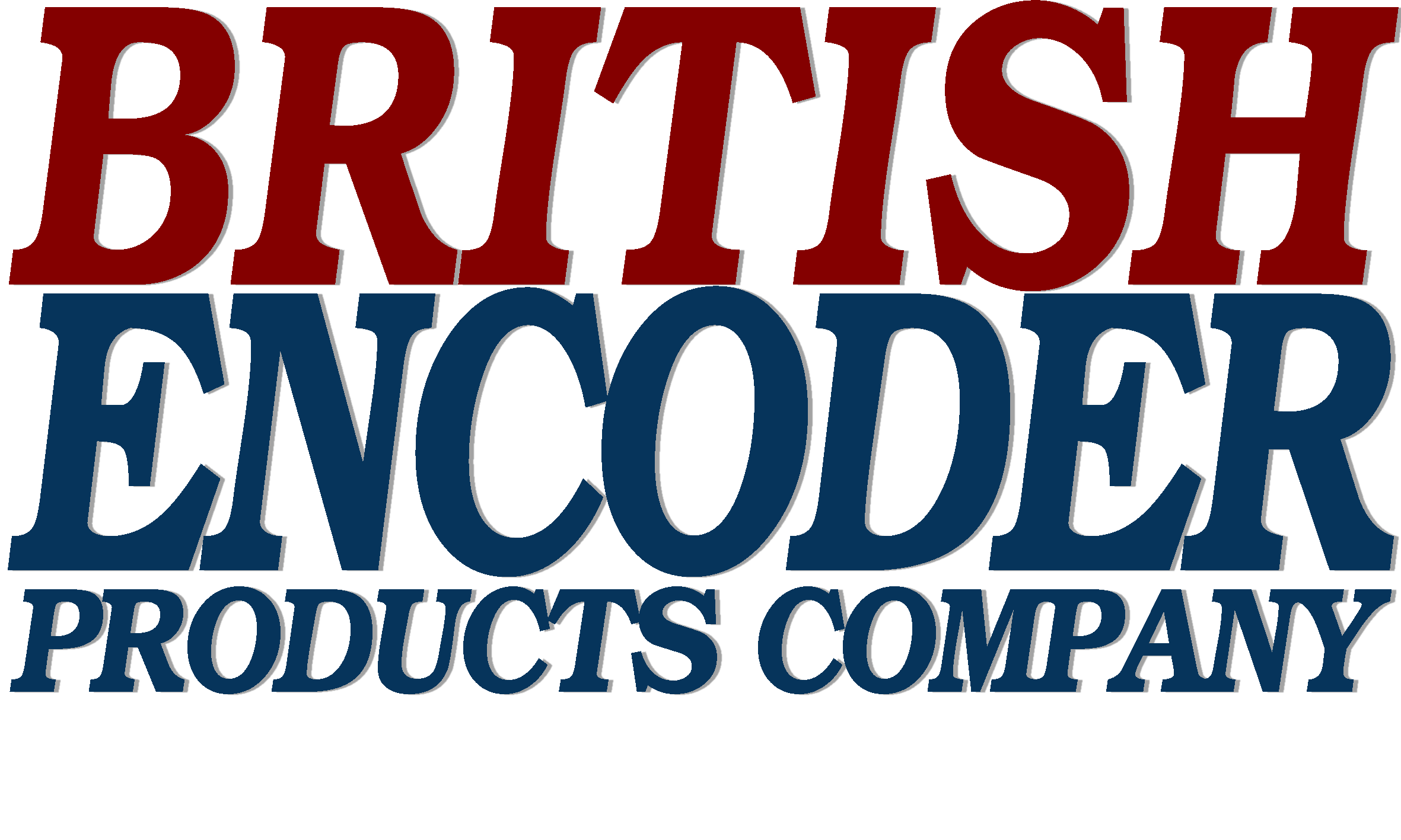 Add My Company
Add My Company
Sign In

Packaging equipment typically involves rotary motion along several axes. From spooling to indexing, sealing, cutting, conveying and other automated machine functions, there is an axis of rotary motion. To accurately control all that motion, a rotary encoder provides motion feedback.
Check out the infographic below for an overview of some other common packaging machinery encoder applications. Click the image to see a larger version.Encoders in Packaging
Web tensioning is an application in which the encoder is mounted to one of the tensioning arm rollers, rather than to the drive motor. Any unevenness in the speed of this roller indicates that proper web tension is not being maintained and must be adjusted. The rotating speed of the tensioning roller is fed back to the controller, which then adjusts the drive motor so that web material is kept at an even tension.
Cut-to-Length is a very practical application of an encoder combined with simple mathematics. If, for example, a system were to be designed with a roller that is exactly one foot in circumference, the roller would feed one foot of material for every revolution of the roller. An encoder mounted to the roller would reflect this situation and could tell a controller how much material had been fed through the roller. The resolution of the encoder would also directly reflect the accuracy of the cut. In the above example, 96 PPR would yield cuts to an 1/8" accuracy.
Registration Mark Timing uses encoders to determine the position of a unit relative to a known point, and then to determine the unit's speed relative to that mark. This is frequently used with labeling or imprinting equipment where precise positioning in relation to another feature on the package is critical.
describe the image
Backstop Gauging uses the encoder to ensure that the unit being monitored or controlled, does not exceed a preset position or direction of travel. Very often, this is combined with a determination of the speed of travel of the table, tool head, or similar machine component.
Conveying is another common packaging application where encoders are widely used. They may be attached to the motor, to intermediate axle shafts, to both, or even use a wheel riding on a belt. Encoders are an especially effective feedback device where the positioning and/or speed of multi-element conveying systems must be carefully coordinated.
Spooling (sometimes referred to as Level Wind) is another application where encoders can prove invaluable. Not only is it necessary that the speed of the supply and take-up reels be kept in proper relation to each other, but the amount of material being spooled must also often be tracked. The encoder may be attached to the spool shaft or be driven by a wheel.
Whether you're designing, building, operating or maintaining packaging machinery, it's quite likely encoders will be involved. By reviewing potential application points for rotary encoders, you might discover your packaging line could benefit from one or more of these rotary motion feedback solutions.
Not sure which encoder solution is right for your application? Give us a call. When you call BEPC, you talk to real engineers and encoder experts who can help you specify the right encoder solution for your packaging application.
For more practical examples of how encoders work in packaging applications, watch this Encoders on the Job video, and learn about how BEPC encoders work in packaging applications for Litehouse Foods.
For more information on Ideas for Applying Rotary Encoders in Packaging Equipment talk to British Encoder Products Co
Enquire Now
List your company on FindTheNeedle.

